Sitting about 7 miles off the coast of Cape Town, Robben Island is much like the Alcatraz of South Africa. At various times it has been a prison, a leper colony or a military base. But it became notorious in the 20th century as a maximum security prison for political prisoners. And the most significant prisoner to ever reside on Robben Island was Nelson Mandela.
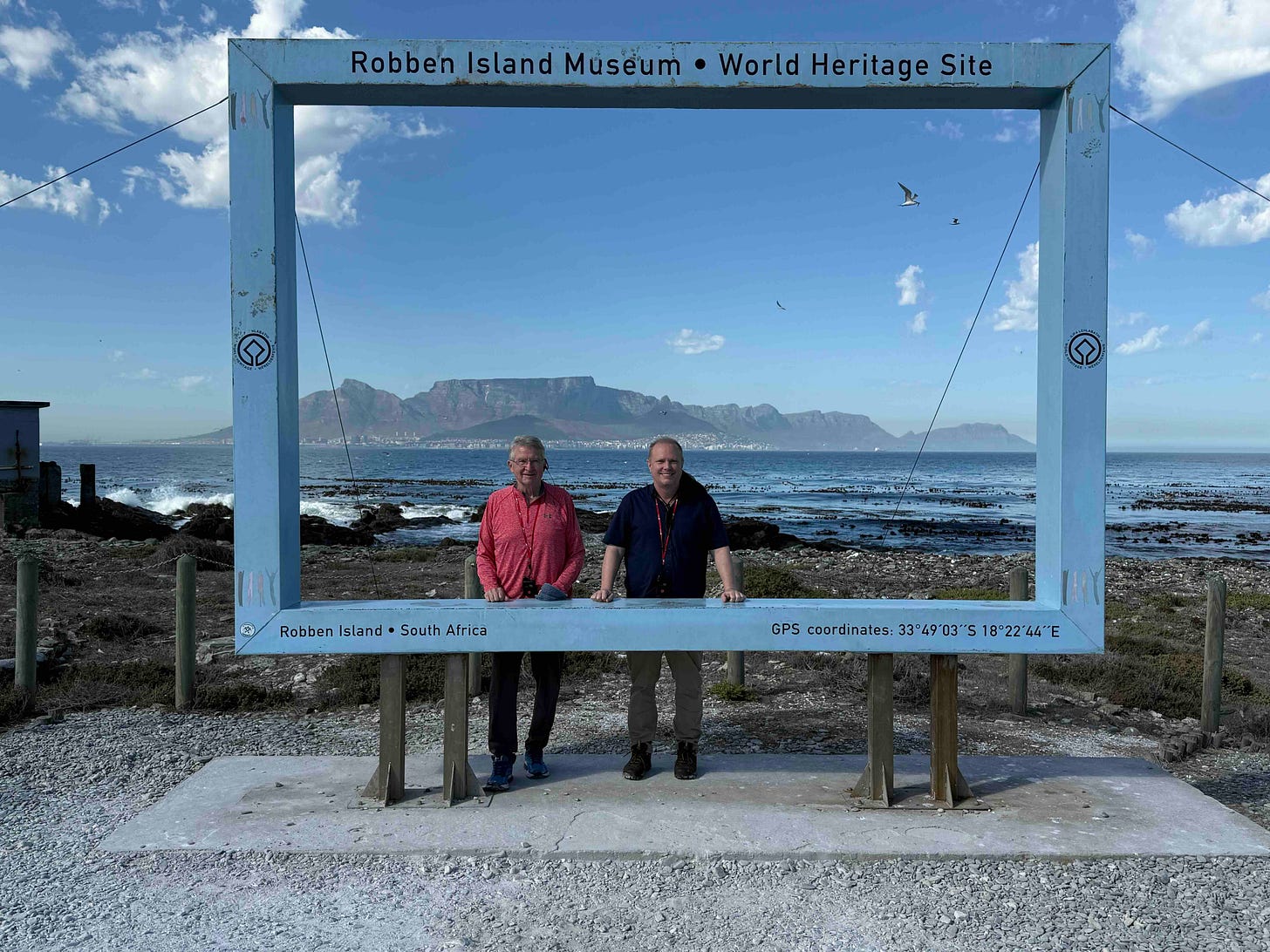
Nelson Mandela was kept in Robben Island’s wing for political prisoners from 1964-1982 because his political activities were deemed a threat to South Africa’s Apartheid government. He spent another eight years in other prisons before his release in February 1990.
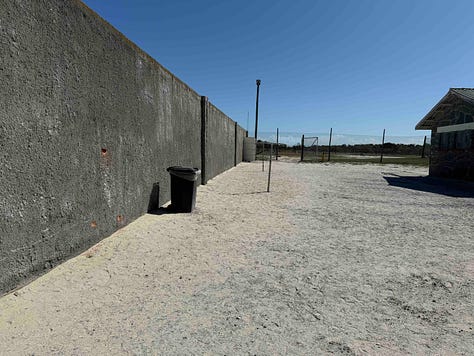
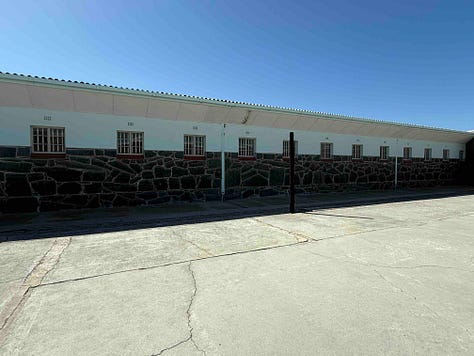
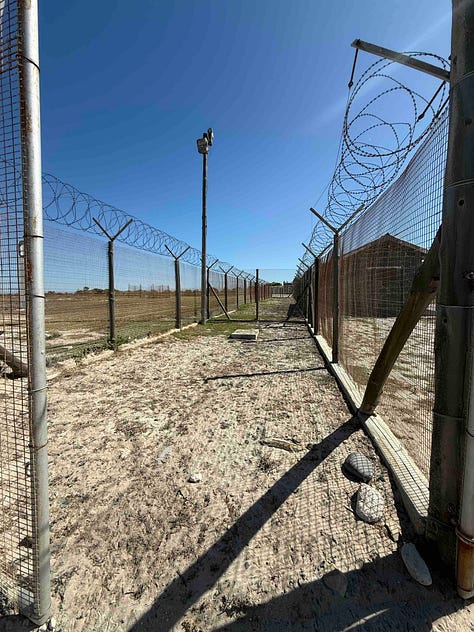
One of our guides was a former inmate at the prison, who told us how the prison provided different uniforms and even different meal rations depending on whether prisoners were Black/Native, Colored (mixed race) or Indian/Asian. Not only did this reinforce Apartheid practices, but it also fostered bad feelings between the various groups, to keep them divided.
Mandela and other prisoners spent 13 years working in the limestone quarry you see here. The work served no purpose — it was just designed to keep him and other political prisoners worn out. The cave opening you see was supposed to serve as both their lunchroom — and their toilet. Because of this, prisoners did their best to relieve themselves only when in the prison barracks.
Our guide said that the pointless work had the unexpected consequence of giving political prisoners from different parts of South Africa the chance to talk to and learn from one another, helping them temper or hone their philosophies as they were exposed to different points of view.
In 1995, the now-President Mandela was part of a gathering of some of the 1,300 political prisoners in the quarry. Mandela placed a single stone on a patch of ground as a way to remember his time there. The other political prisoners followed suit, creating an impromptu memorial in the form of a pile of stones.
A moment of levity occurred as we were looking at the quarry and memorial. One of the stones started to move! We looked closer and realized a small tortoise was walking past the rock pile at just the right angle. If you zoom in, you can see the tortoise at the bottom left corner of the pile.
As the final part of our tour, we walked the long hallway to see the 8’x7’ cell of Nelson Mandela. The room was stark and unremarkable, and differed very little from the dozens of other cells on the wing. But it now held the weight of history.
In 1999, Robben Island became a UNESCO World Heritage Site. According to UNESCO, “Its buildings … testify to the way in which democracy and freedom triumphed over oppression and racism.”




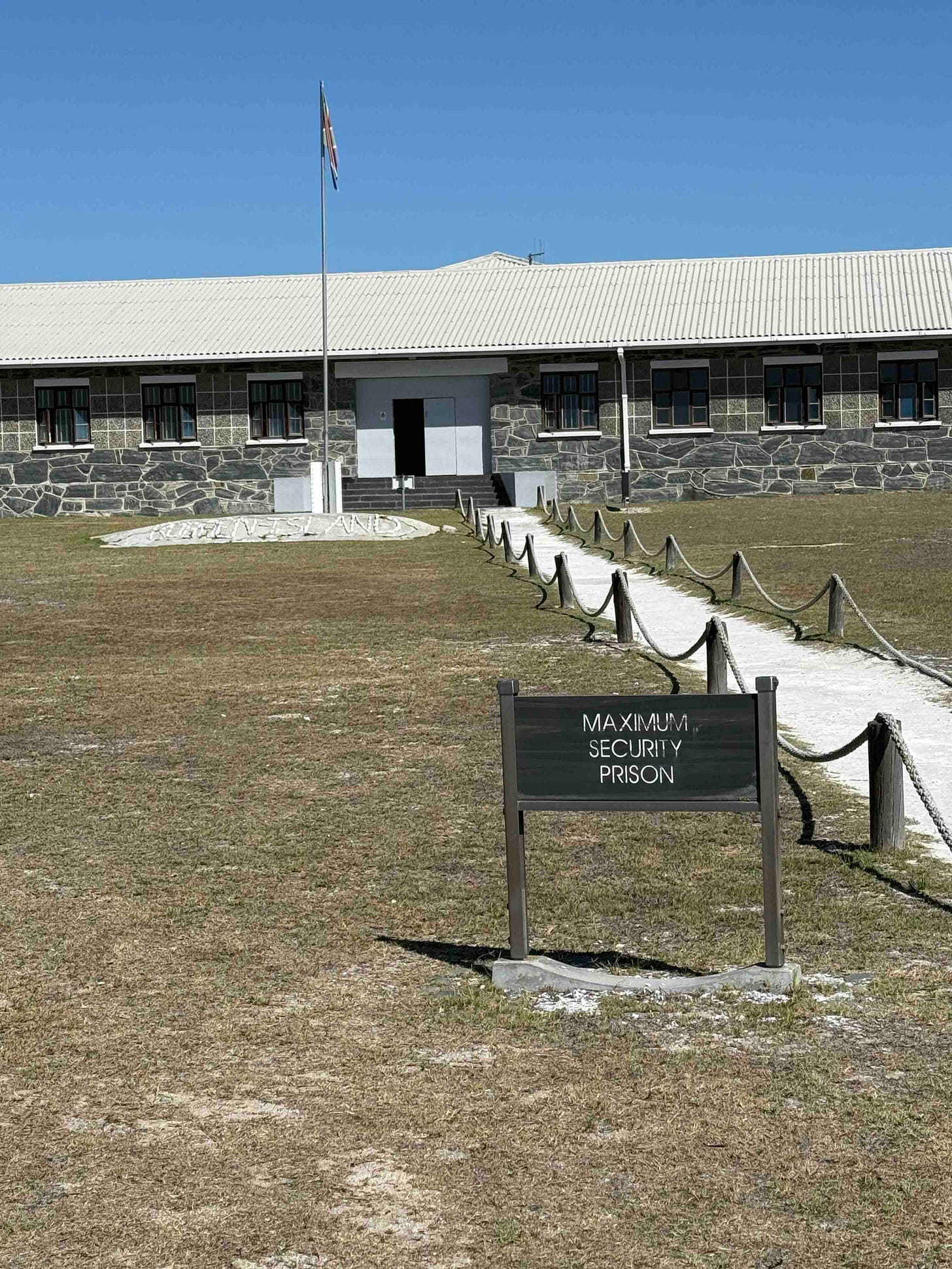
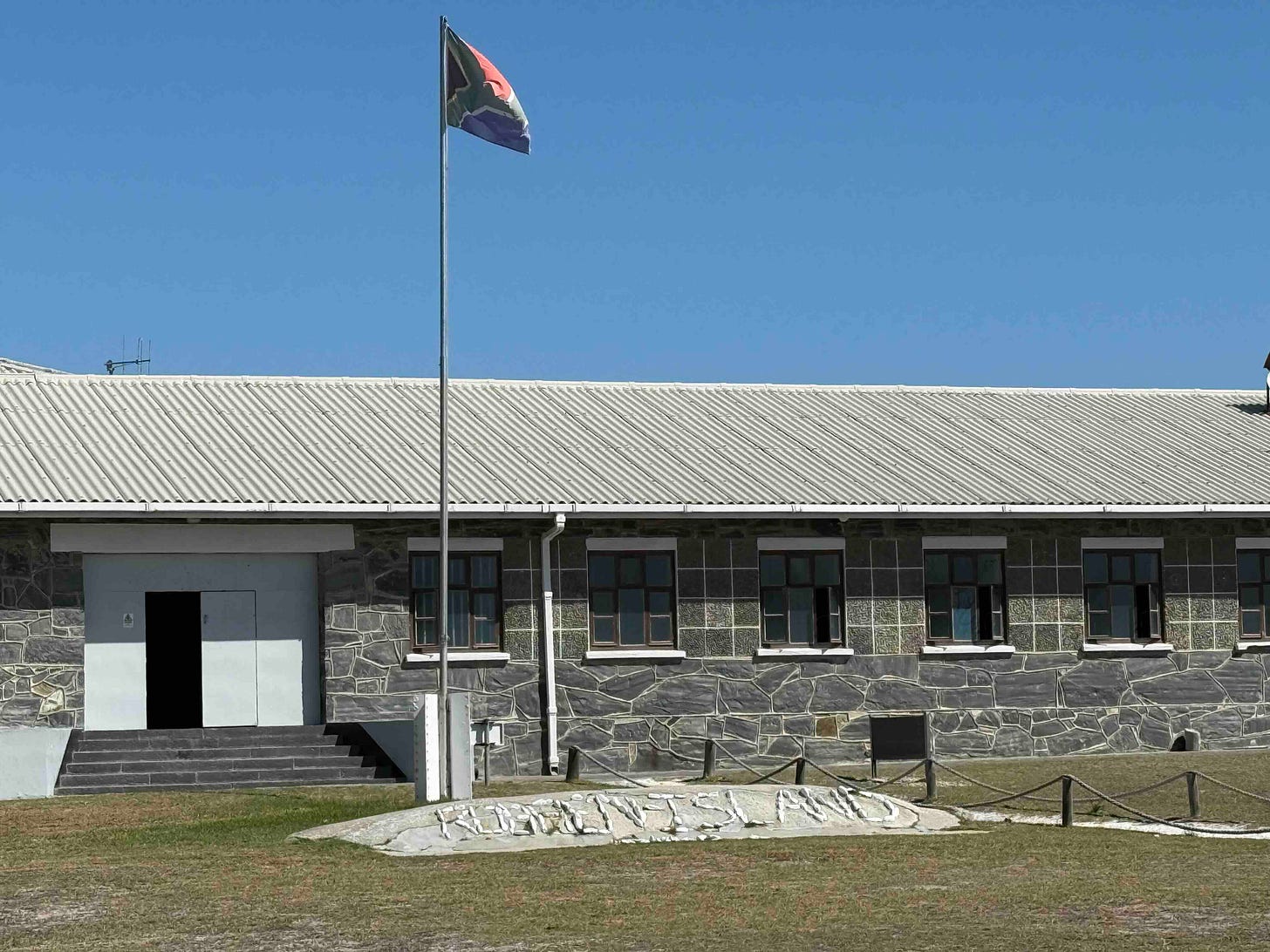
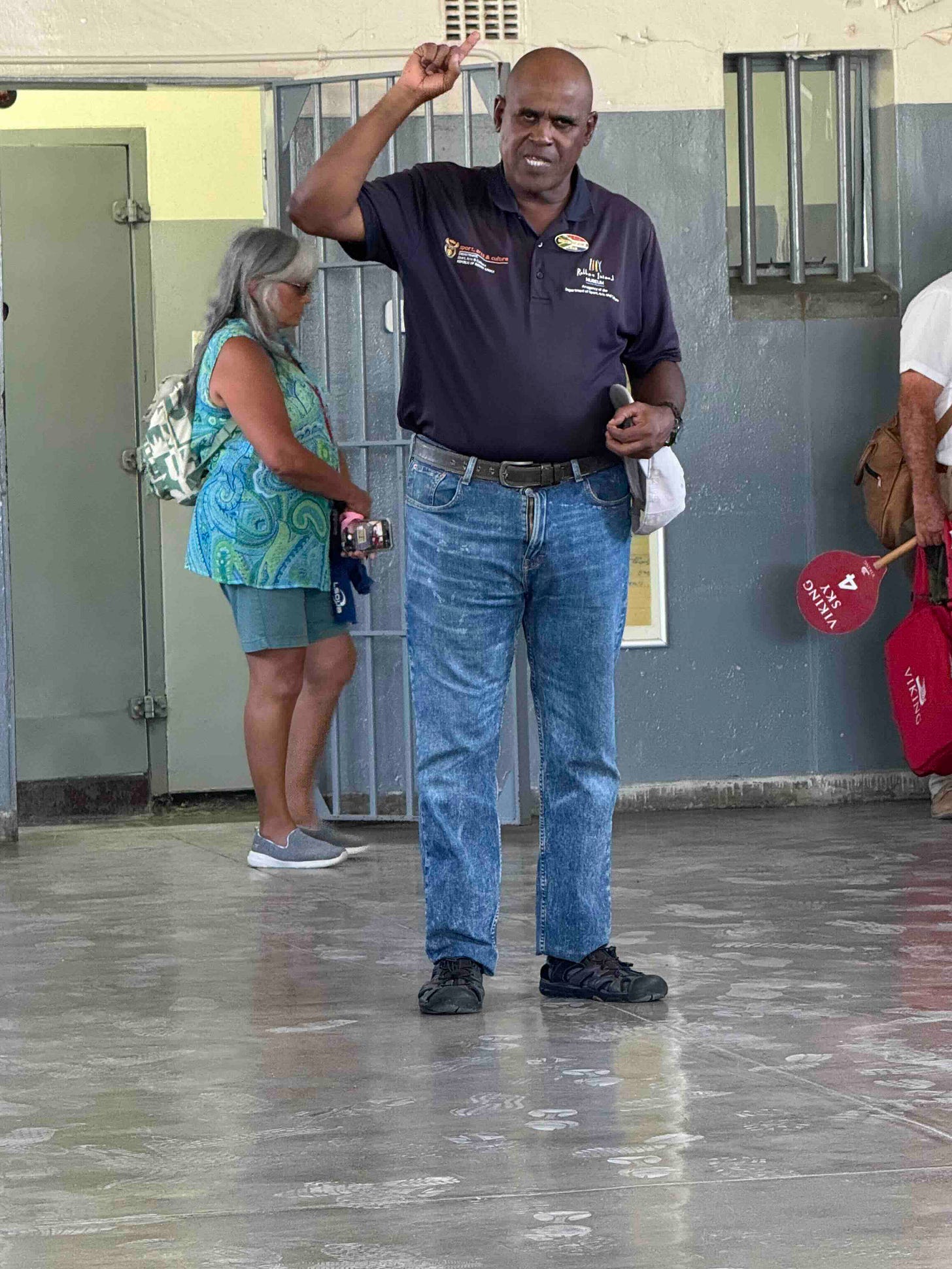


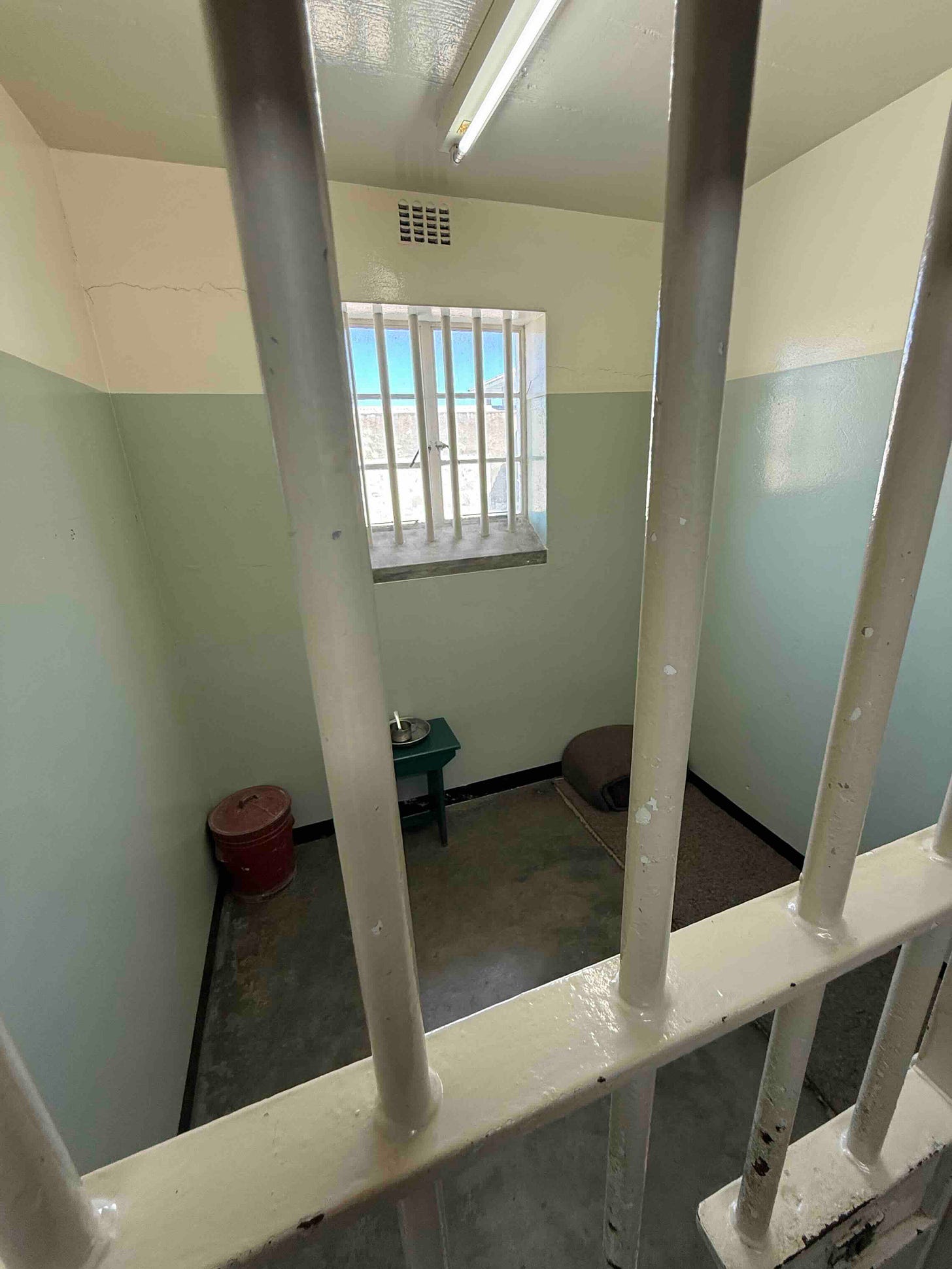
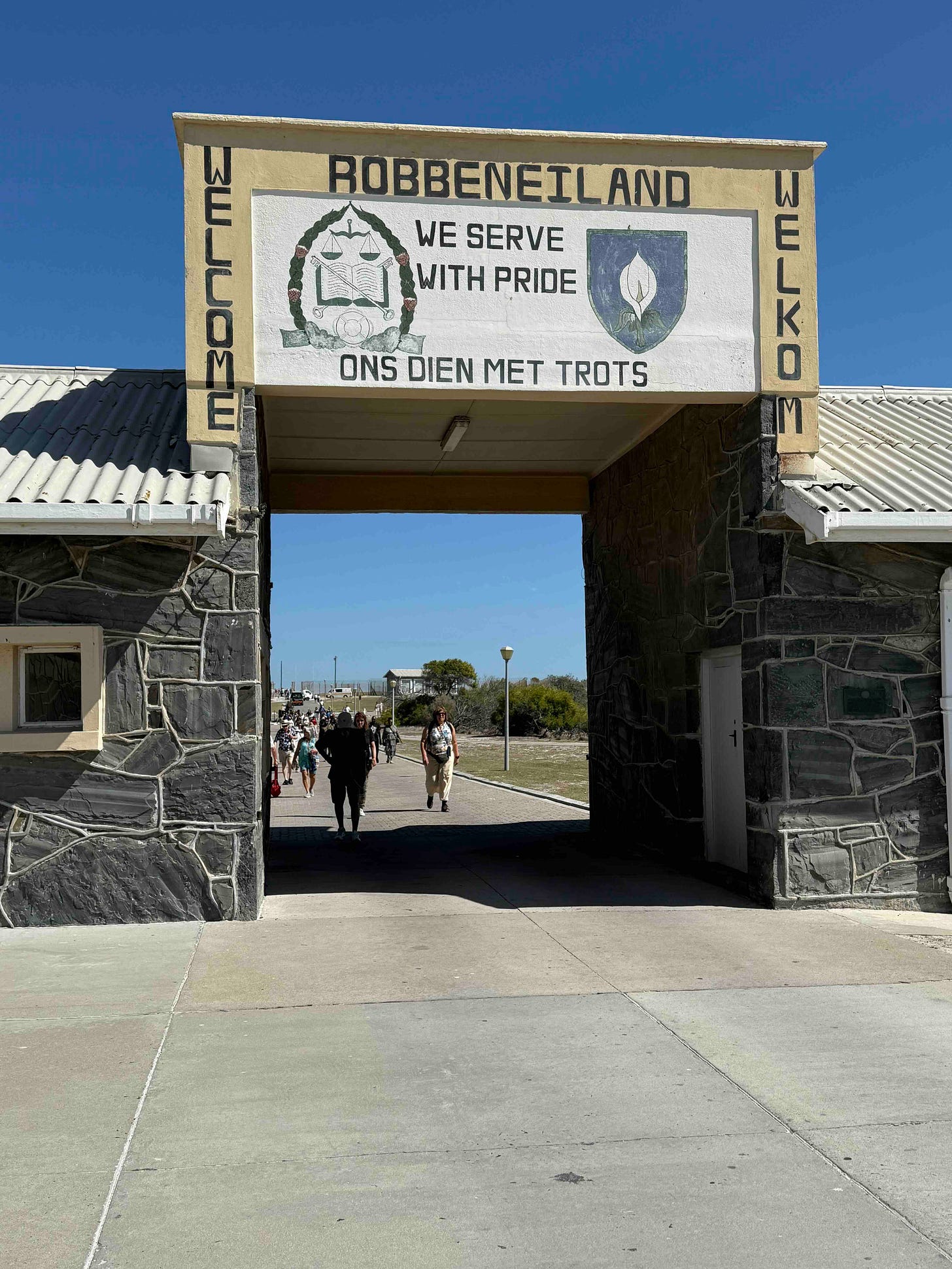
What an experience to see. I can only imagine the energetic weight that place holds. Thanks for bringing it alive for us.